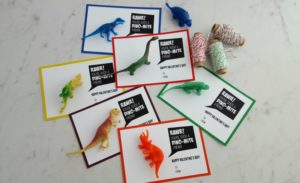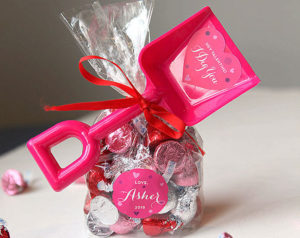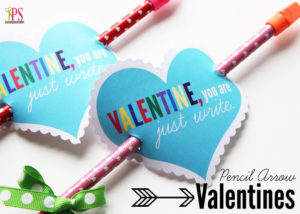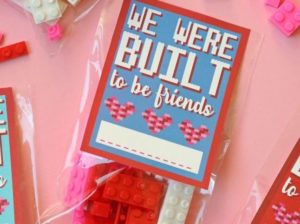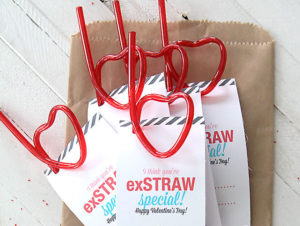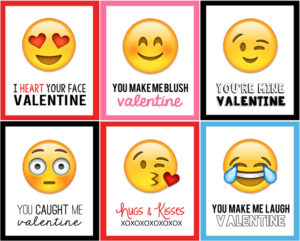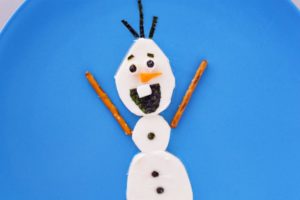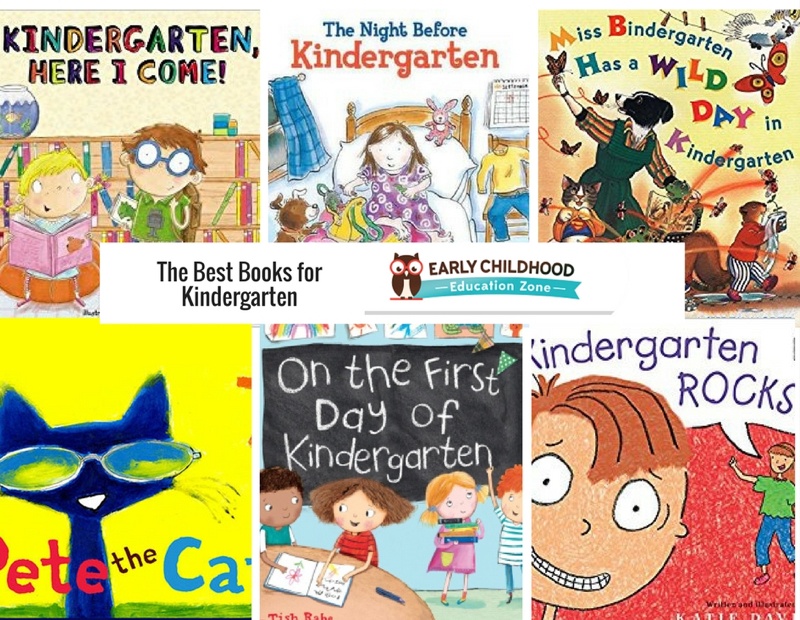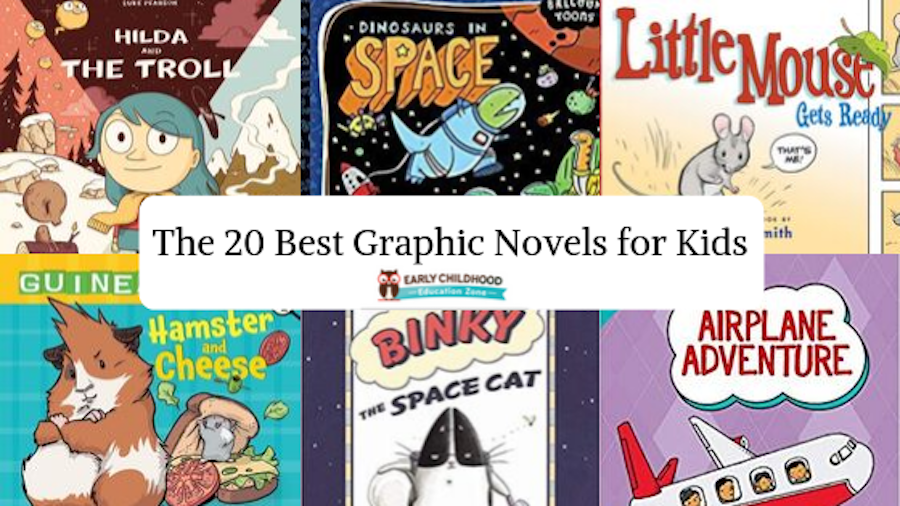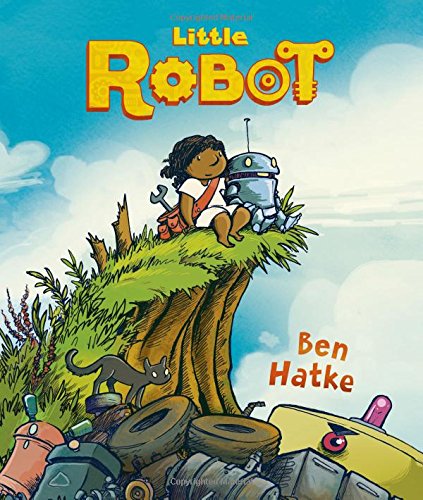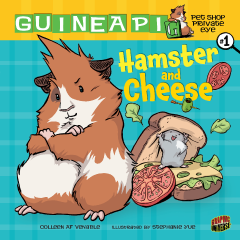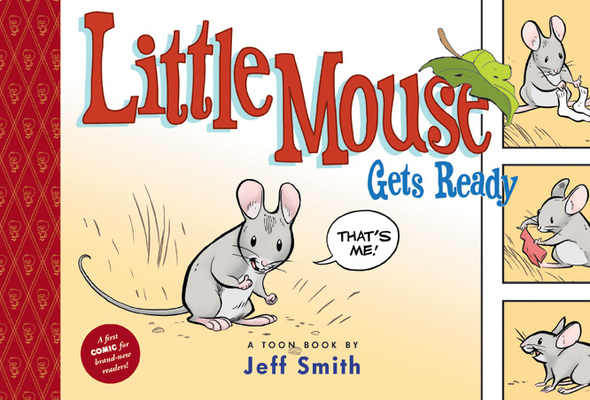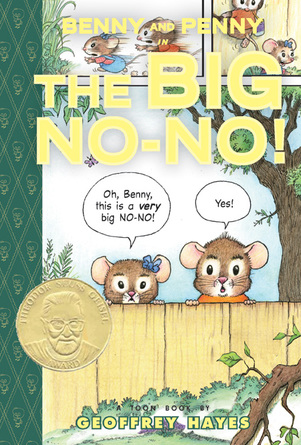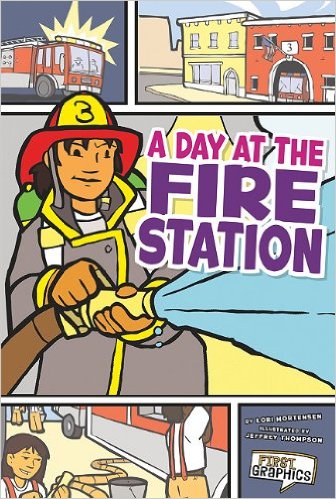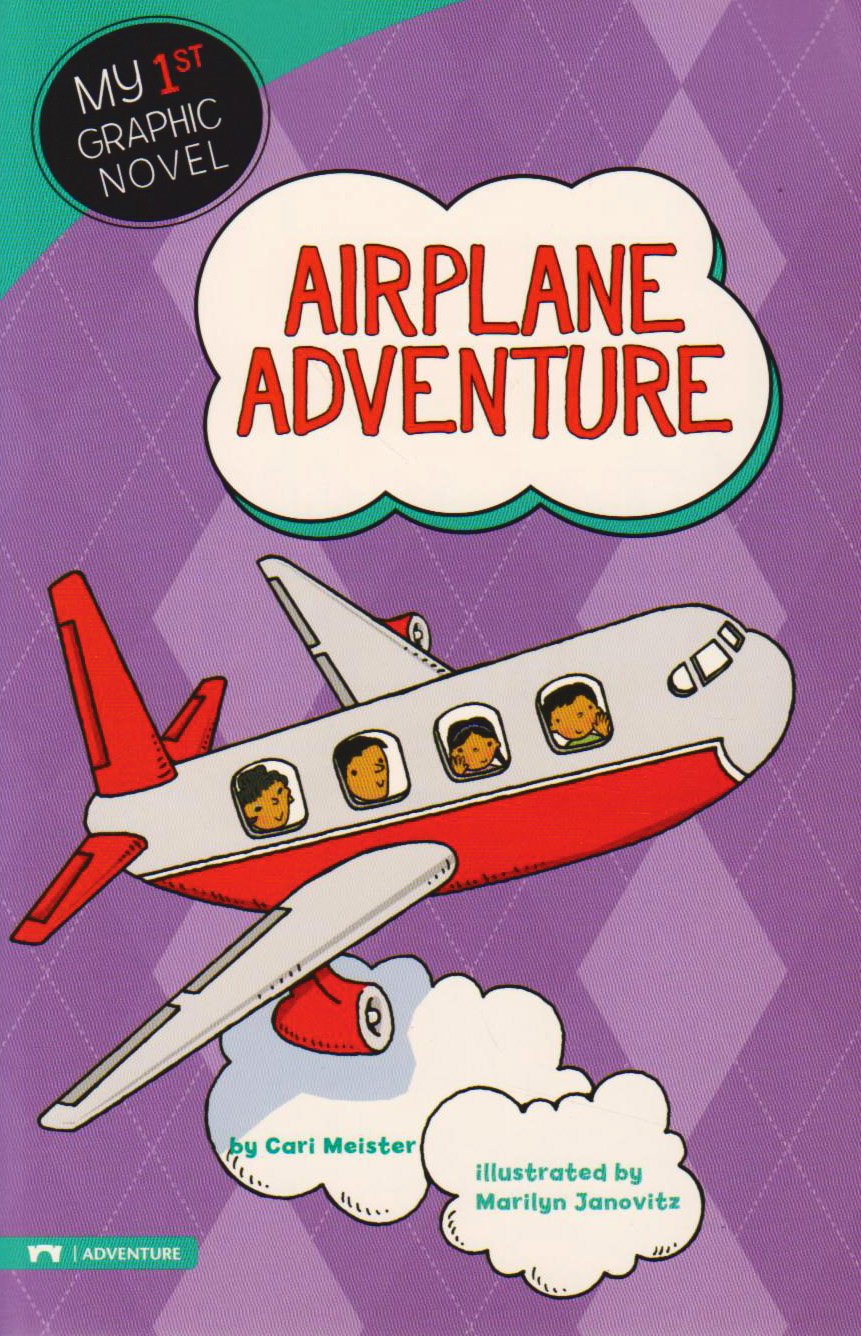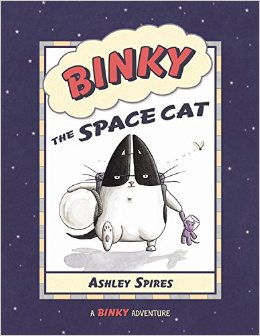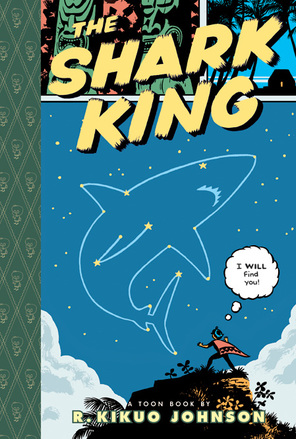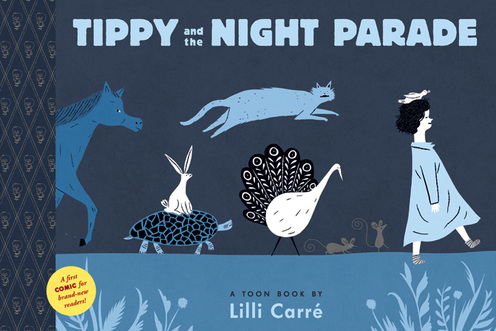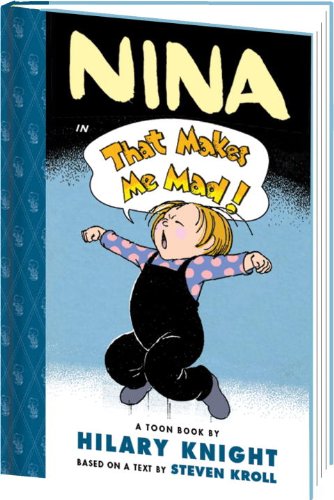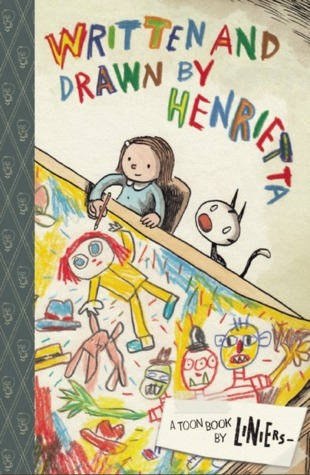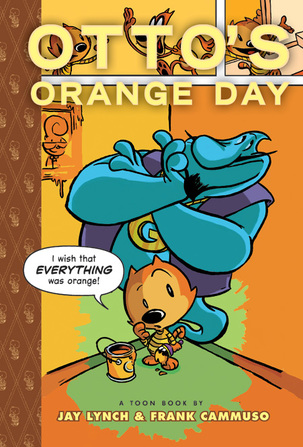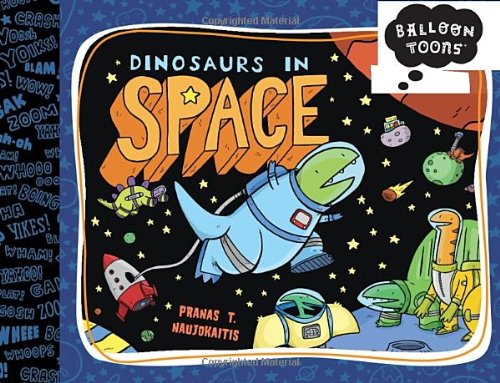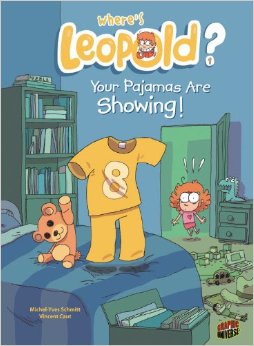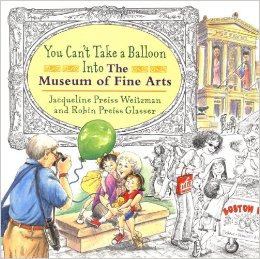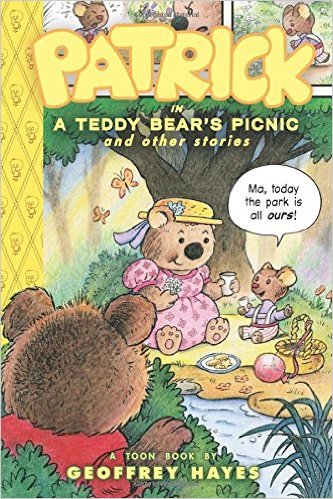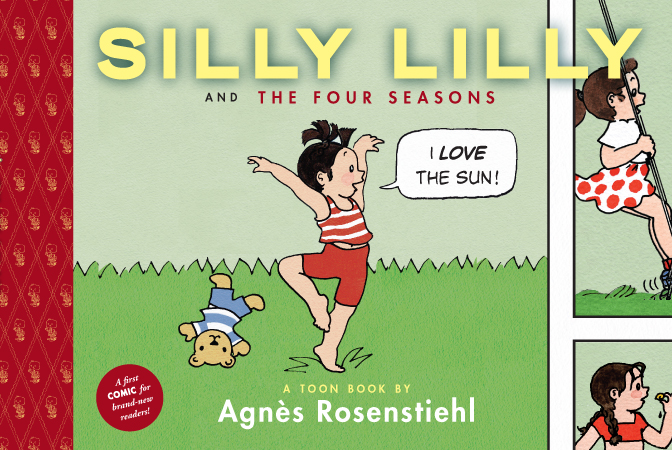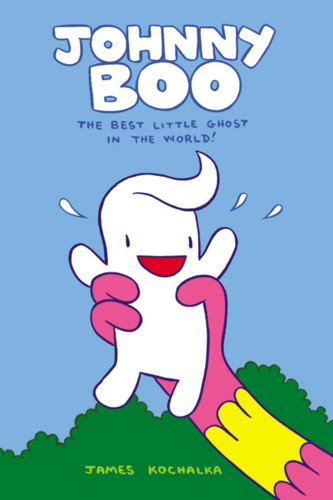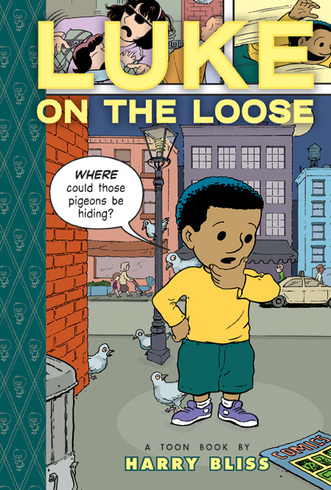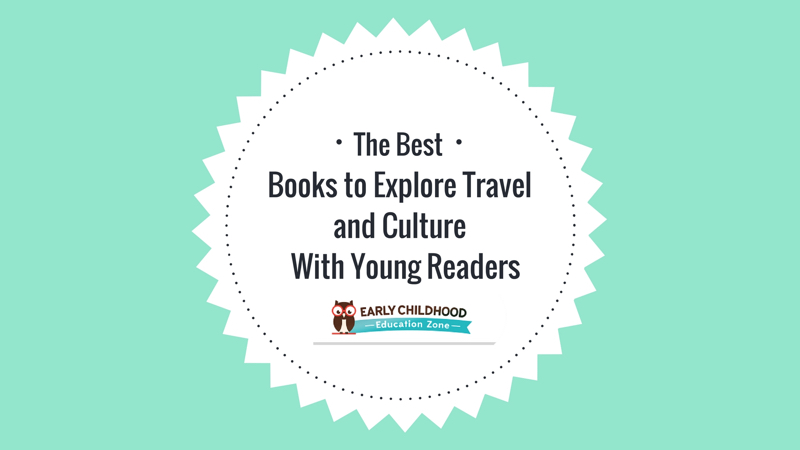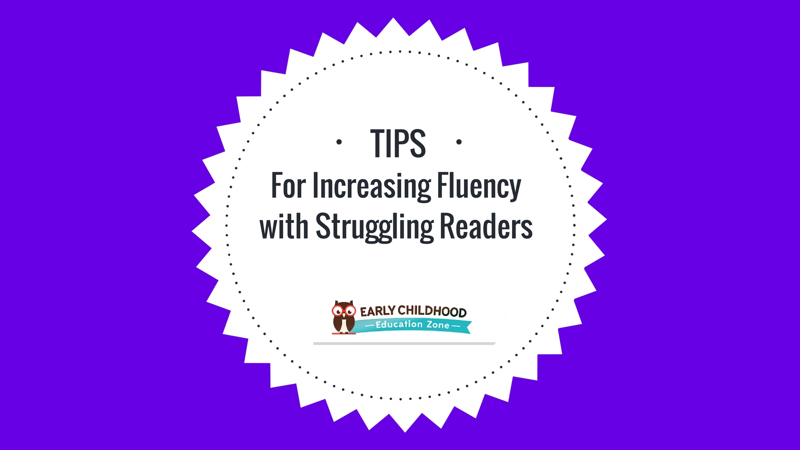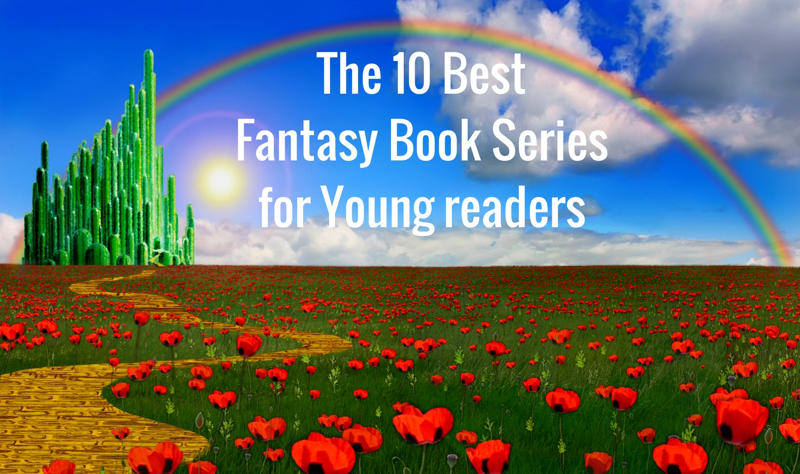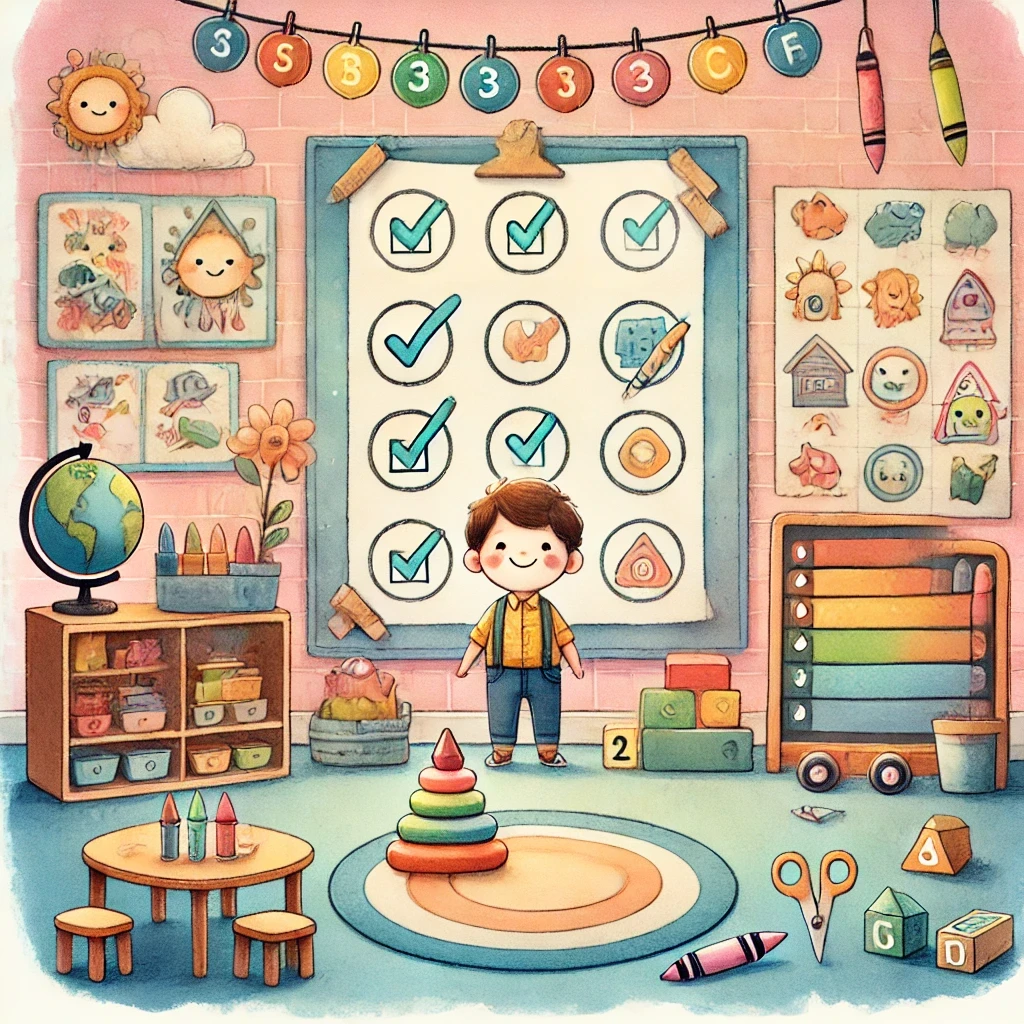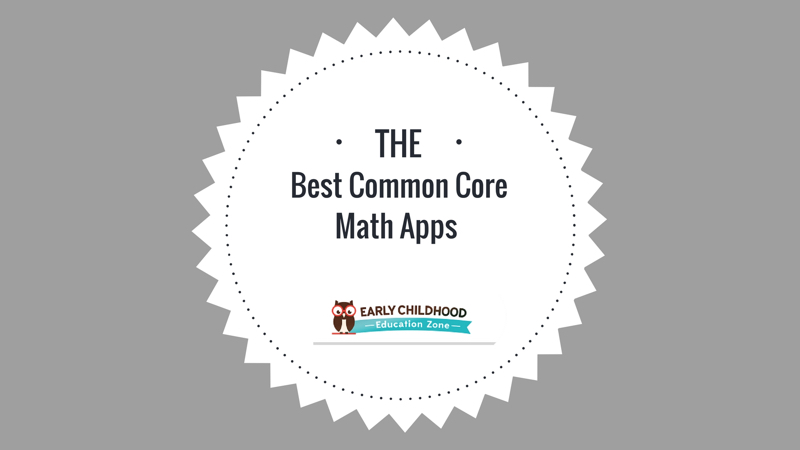It is a deeply human experience for children to encounter emotions, and yet, it can be overwhelming for them to make sense of these inner stirrings. Emotions, like storms that come and go, are often beyond their understanding. In moments of frustration or confusion, they might not know why their body trembles with anger or why tears suddenly fill their eyes. In their attempt to navigate this sea of feelings, they may lash out or retreat into a tantrum, seeking some sort of release from the whirlwind inside them.
As adults, it’s easy to forget that children don’t have the vocabulary, or even the awareness, to name their feelings or express them in a way that feels safe. They are in the process of learning, just as we were once. And just like us, they need guidance—not in a rigid, controlling way, but in a gentle, nurturing manner that honors their journey. Through the simple, tender art of storytelling, we can help children understand that emotions are not to be feared or suppressed, but to be recognized, named, and ultimately understood.
These books are not simply tools for teaching vocabulary; they are windows into the inner landscape of a child’s emotional world. They offer simple, clear words to help children identify what they are feeling, bringing some clarity to the storm within. When a child learns the word for sadness or anger, they are no longer just lost in those feelings—they can hold them, name them, and begin to understand the rhythm of their own emotions. With this understanding comes power: the power to calm themselves, the power to pause before reacting, and the power to make a choice in how to express what is in their heart.
The beauty of these books lies not only in their simplicity but in the recognition that feelings are natural, even if they sometimes lead us into messy, imperfect moments. It’s ok to feel frustration, disappointment, or jealousy, because feeling is part of being human. It is the way we react to these feelings that matters most.
These books offer children not just the language of emotions, but also practical, gentle techniques—breathing, counting, or simply sitting still—to help them regain balance. They teach children that it is possible to experience strong emotions and still be in control of their actions, showing them the path from chaos to calm.
In the end, learning about feelings is not about perfection. It is about progress. It is about teaching our children that it’s okay to feel deeply and to express those feelings. And it is about showing them that even in our moments of struggle, we have the ability to find our way back to peace.
10. When Sophie Gets Angry
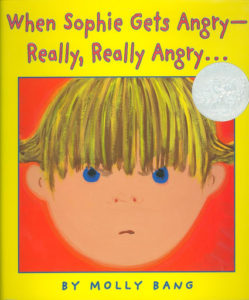
Anger is a natural emotion for everyone to feel, but it can be especially hard for toddlers to handle. They might throw a temper tantrum or act out physically. This book shows your kids how Sophie deals with her anger. She goes outside and feels the cool breeze or climbs on her favorite tree. She feels comfort when she removes herself from the situation that is making her angry, and then she feels much better.
9. The Feelings Book
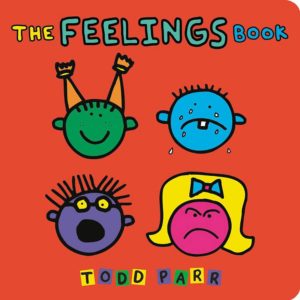
The Feelings Book will explain to kids that their feelings will always change, and that’s ok. Sometimes they will feel like dressing up, and sometimes they will feel like crying or camping with the dog, and sometimes they will feel like doing nothing at all. Your kids need to learn that they should share their feelings no matter how they feel. The emotions listed in this book are really silly, and the art style is bold and colorful, so younger children will love reading this book.
8. Tough Guys Have Feelings Too
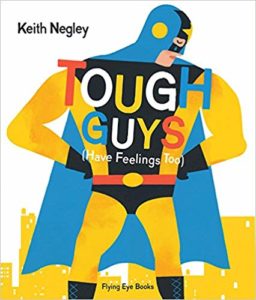
Tough Guys Have Feelings Too is a fun way to open up a meaningful conversation with your children about feelings. The author uses characters like ninjas, wrestlers, and superheroes to explain that even people that might seem tough on the outside have feelings. This book will help you teach your kids that it’s ok to share how they are feeling because keeping it inside is not healthy. It also teaches them the important message that even dads have feelings despite what society might make them think.
7. Calm Down Time

Calm Down Time is a handy tool to teach your kids some activities that will help them calm down. This includes things like counting to three while taking deep breaths, talking about how they are feeling, and walking away from a situation that has upset them. This book works best with preschoolers because there aren’t a lot of words on the pages, and the message is straightforward. Overall this is a cute book that has a great message.
6. How Do You Feel?
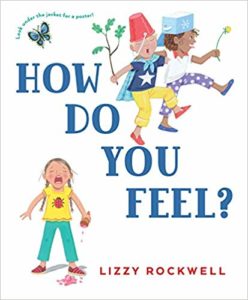
This book is perfect for young children that are just starting to learn about feelings. There are not very many words on each page, and the art is simple. The main character is a little monkey, and each page shows different situations and how his mood changes over time. This book will teach your kids the words that identify the emotion. They will be able to see facial expressions and body language change according to each emotion.
5. Llama Llama Mad At Mama
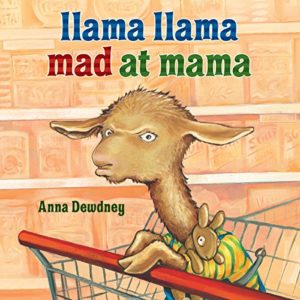
This book will feel all too familiar for parents that take their kid’s grocery shopping. Llama doesn’t want to go to the store with his mama, so he starts to complain. Suddenly his legs are too tired to stand up, he hates the music, and the list goes on. This book is an excellent tool to help prepare your kids to go shopping with you. It’s full of ideas to make shopping more fun for both you and your kids. You can do things to involve them and offer a reward for good behavior at the end. Your kids will learn that the shopping trip will go quicker if they listen to what you are telling them and don’t throw a fit.
4. In My Heart
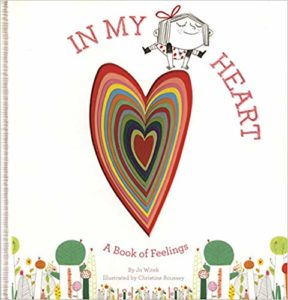
In My Heart explains what it means to feel happy, sad, angry, and many other emotions. The author uses similes and metaphors to tell how the main character feels to make it easier for young kids to understand. The pictures do a fantastic job of helping illustrate exactly what each page is describing. The whole book is centered around a rainbow heart, and it gets a little bit smaller each time the page is turned until there is only one tiny heart left. This helps move the story along and keep your kids interested at the same time.
3. Glad Monster, Sad Monster

This book shows monsters doing all kinds of activities that make them feel different emotions. The main lesson that your kids will learn from this book is that everyone has different feelings in different situations. Activities that make your children happy might not make someone else happy, and that’s ok. All monsters are different. This book is very interactive and colorful, so younger children will really enjoy looking at each page.
2. I’m Sad
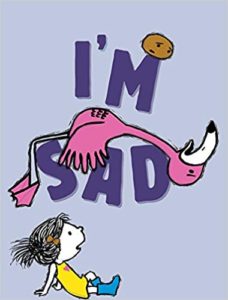
This is such a silly book full of entertaining characters. Flamingo is sad at the start of the book, and his friends help cheer him up. Nothing seems to be working, but they spend the day together, trying all sorts of crazy activities to make him happy. They eat ice cream, play hockey, go on all kinds of adventures to try to make Flamingo happy. At the end of the book, flamingo realizes that he had fun spending the day with his friends, and he still feels a little bit sad, and that’s ok. This book will teach your children that they don’t have to be happy all the time. They are allowed to feel sad sometimes too.
1. The Way I Feel
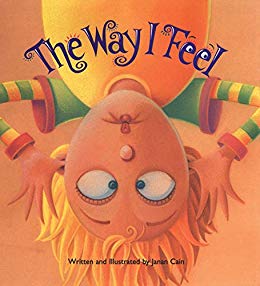
The Way I Feel is an excellent tool for parents to use to open up the conversation about how their child is feeling. It will help your child understand the words that are associated with how they are feeling. The art style on each page corresponds to the different emotions that are covered on each page. The page about happiness is bright and cheerful shades of yellow while the page about sadness is various shades of blue. This will help kids relate the emotion to different colors to help them better understand what is going on with their mood. Overall this is a beautiful book, and your children will learn all about the way that they are feeling.


